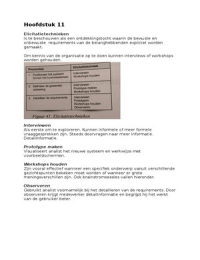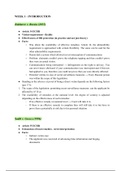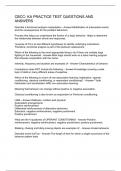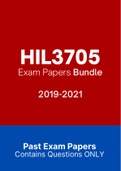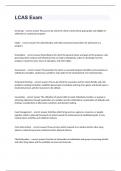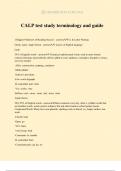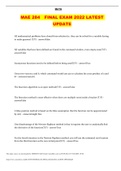Samenvatting
Summary - 3.6 Neuropsychology (FSWP3089K)
This summary offers a comprehensive overview of all the literature covered in block 3.6 Neuropsychology. It includes additional graphics illustrating the structure of the brain. The literature is summarised and organised in a detailed, yet concise manner. Everything you need to prepare for the exam...
[Meer zien]





